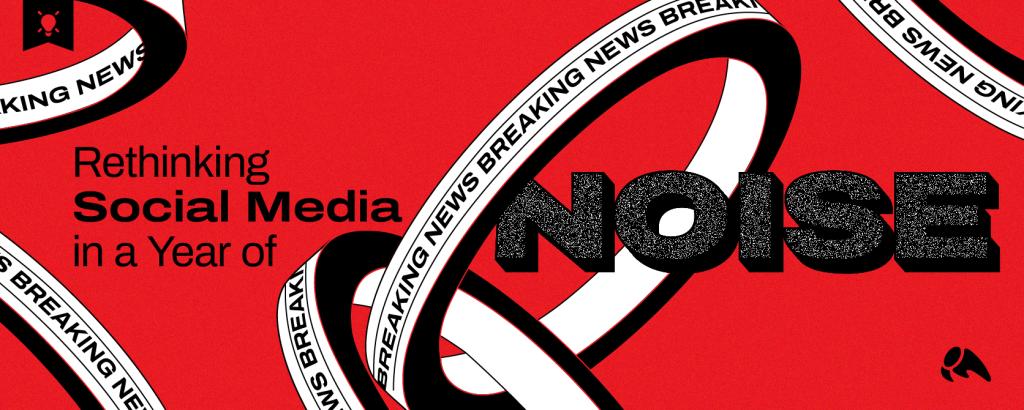
No more being pushed out of meetings. No more being forced to fit words into already-designed pages. No more being laughed at when we sit at the marketing table. These days, we’ve all turned our eyes toward content. Job listings are going up, blogs are being developed and the phrase “content strategy” is finding itself in a whole lot more conversations.

Hey, writers?
We just won the Internet!
But your content only wins when it engages and when it’s something your audience is already salivating for. How do you make that happen? How do you craft strategically-engaging content every time?
Have a seat.
Be Audience-Centric
Great content isn’t about you. It’s not about your needs or the motivations of your company. For content to engage it must be built around one mission – to address a pain point your customer faces and to provide information they can’t get anywhere else but from you. If you master this, you’ll master the content game.
Of course, the difficult part comes in knowing enough about that customer to deliver on that mission. Writing about their needs is easy. Understanding what those needs are takes work.
Use content marketing tools to do this. Conduct surveys and questionnaires. Use social intelligence. Use third-party research and data aggregation tools. Leave your office and TALK to the people you’re serving. Do any and all of these things to help you understand who your audience is, their needs and the pain points you can address.
When you know, group their pain point into buckets. How many buckets?
No less than four.
No more than seven.
Build Content Themes
A good content marketing and social media strategy takes the information derived from this initial research and creates themes based on the identified interests, wants and conversations of your target audience. This includes both the topics they want to hear about and how they want to hear about them (format).
I prefer to visualize my themes by breaking them out into a full editorial calendar. Here, the calendar includes not only draft dates, publishing dates and potential titles but the theme of the content, the format it’s taking and what pain point is being addressed. By creating this framework I’m able to make sure we’re hitting every theme consistently and that clients aren’t just getting content around the topics our team is most comfortable writing about. All themes must be exercised equally until we decide otherwise.
I recommend taking this themed approach to content. Google does the same but refers to them as topics.
Test the Waters, THEN Jump In
With themes and buckets, come initial ideas for content and the rumblings of an engaging content marketing strategy. Instead of hopping in with all your might – test the waters first.
- Write quick burst content around your initial themes – putting a toe in but avoiding a content marketing belly flop.
- Curate theme-based content from third-party sites and share it via social media or add commentary around what’s already being shared.
- Repurpose content you’ve already created and find new ways to give it life – can similarly-theme blog posts be turned into an ebook? Can an ebook spark a webinar or a presentation?
Then, measure what you’re doing.
What themes are getting the most engagement? What topics does your audience appear to be most interested in? What’s leading to the most visits, pageviews, pages per visit, social conversation, download or conversions? What content is being mentioned to you during sales calls? What keeps getting shared months after publishing?
Use this information as an indicator that THESE are the content themes most important to your audience. Then expand on them and hit them hard.
Be a Smart Creator
Everything up above? I get how it can read a little formulaic and cold. How, as a content marketer, it can make you feel like your job is just about looking at the numbers and spitting out the content the machine told you to. But this isn’t Her and you’re not Siri. Your brain and your creativity are still the best content marketing tools you have.
So use them by being a smart creator.
Use Alternate Content Types
Instead of getting locked into the same, safe pattern of content, think bigger. Alternate between content and try new media types to see what your audience is really into. For example, instead of the generic “happy holidays” greeting, last year (yes, December was “last year”) we took a visually stunning, storytelling approach which earned us attention and links.
Overit | 2013 Holiday Card from O Studios on Vimeo.
Instead of instructing our client to write another blog post on how to calculate how much you spend on gambling, we created an interactive infographic to literally calculate the cost of gambling for each viewer.

Don’t assume you know your audience’s preferred media type or what will work. Experiment and find out. Move away from the quick, thin-content and start producing narratives that people will remember and respond to.
Become a Skillful Writer
Whether it’s an infographic, a video or a blog post – the writing drives it. Don’t listen to what anyone else tells you – words matter. People will notice your voice, your messaging and what it is you’re trying to get across. It will make or break the piece. Create better content by becoming a more skilled writer so you’re able to reach your audience regardless of form.
- Use emotional language
- Is easy to digest
- Has a distinguishable voice
- Talks about the benefits, not the feature
- Includes a strong call to action
- Makes you want more
If you don’t have someone on your team who can write to this level, then hire out, vendor up or bring on a freelancer. Because it’s that important. Without that talent, the rest of your effort will fall flat.
You can create engaging content, every time, and win the engagement game. It just doesn’t happen by accident. Good content happens by design.





